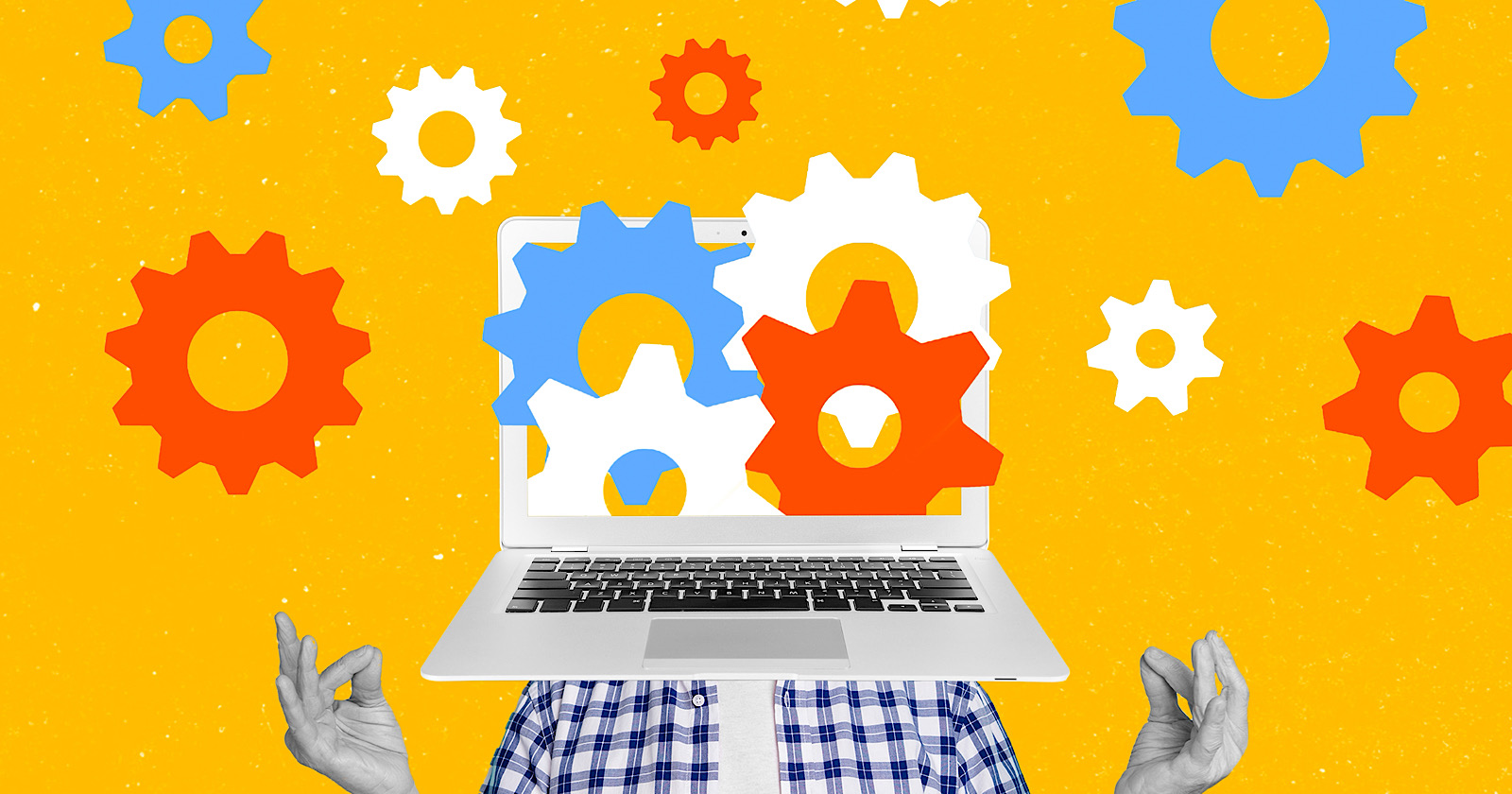How generative AI is creating custom content in email marketing
The scale made possible by AI bots is finding a use case in a tried-and-trusted marketing channel.

Generative AI tools can help you find a recipe for dinner and write an email to your boss. They could also be the content machine behind your next email marketing campaign.
This is the basic idea behind a new tool developed by software startup Blueshift. Using its integration with OpenAI—the company behind the wildly popular ChatGPT platform—marketers can generate variations of a subject line and preheader text, with each suited toward different consumer interests and behaviors.
Related: A generative AI guide for brands
A fitness brand, for example, could generate custom content for its disparate audiences: Runners in New York may see an email referencing long runs through city streets, while CrossFit enthusiasts in Miami might see a message about intensive training on the beach. And the author of these personalized memos, not to mention potentially dozens more geared toward other demographics? OpenAI’s GPT 3.5 technology.
“Everyone’s looking for how to do more with less,” said Joan Jenkins, chief marketing officer at Blueshift. “First-party data plus AI is where this magic happens.”
Jenkins’ point on parsimony, of course, refers to the deprecation of third-party ad trackers from online platforms, such as Google, which is planning on phasing out the use of cookies in the second half of 2024. Marketers are being forced to rely on first-party data, which by nature is privacy compliant but also inevitably limited in its scale and scope. Without tools to help create personalized content, relevant ad experiences could suffer.
AI technology in general is promising to fill in some of the gaps left behind by the loss of cookies. The largest ad platforms like Google and Meta are using AI to fine-tune their ad models and power targeting and measurement. PR firms have also embraced AI to place stories about their clients, as have email marketing firms like Mailchimp.
Related: How Meta, Snap and Google are embracing generative AI
This is the context for why Blueshift is testing generative AI as a partner to customize emails and other messages. It is well-documented how tools like ChatGPT and DALL-E 2 are able to produce content at a clip that no team of copywriters can replicate on their own. Meanwhile, custom content hinges on production that is not only large in scale but also subtly different so as to serve different audiences.
Zumper, a housing rental platform, is planning to use Blueshift’s tool to support the 2 billion or so emails it sends its customers every year. The platform has always managed to tailor recommendations to its users, but it has been unable to personalize other aspects of its emails, said Russell Middleton, co-founder of Zumper.
Users will now be grouped into cohorts based on their first-party data, and these cohorts will see subject lines and preheader text that the generative AI bot deems relevant to them. Tone, for example, is one area that will differ between younger cohorts and older ones. From there, the material can be titrated more specifically to suit each cohort.
The result will not only be a streamlined process of content creation, but also content that is more in-depth and descriptive for each audience, Middleton said.
Other brands that are planning to use Blueshift’s tool include video creation service Animoto and online learning platform Skillshare.
Where it goes from here
As generative AI tools develop, marketers see use cases beyond email. Salesforce, which is already using AI to help brands advertise via owned channels, views generative AI as a mechanism to increase the scale of various personalized content.
“Extending what’s available to the creative side of marketing is where we see AI going,” said Armita Peymandoust, senior VP of engineering, AI and machine learning at Salesforce.
Leonard Newnham, chief data scientist at digital advertising platform LoopMe, sees generative AI enabling far more than custom content. If bots were to be trained on reams of first-party customer data, he said, they could feasibly create new data, bolstering a brand’s understanding of their customers. This data, of course, would be synthetic, or artificial, but also consistent with real data.
“It’s using the same deep-learning technology as ChatGPT, but just training it in a slightly different way,” he said.
Related: See how ChatGPT would write Super Bowl ads
As the capabilities of generative AI grow with more testing, so too will its role within targeted advertising. Emails with custom text could soon turn into emails with custom images, audio files or videos. As shown by tools like DALL-E 2 and Midjourney, these productions can be highly specific, which is surely an advantage to marketers aiming to serve consumers relevant and interesting experiences.
Blueshift is already looking into how to integrate more mediums into its own tool, said Jenkins. As of now, the platform allows for only text-based personalization, such as email subject lines and mobile app messages.
Zumper would benefit from a multimedia approach, said Middleton. But even before this is possible, he is looking forward to the developments in specificity for what is already available.
“Step one is the generation of content for cohorts, but step two is to automatically tailor content, on the fly, to individuals,” he said.

 ShanonG
ShanonG 






























